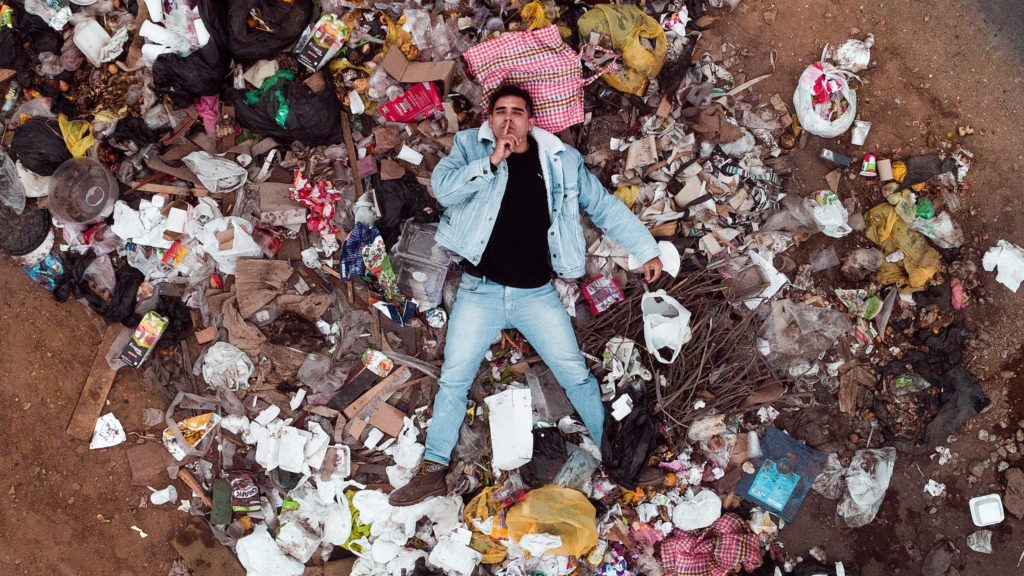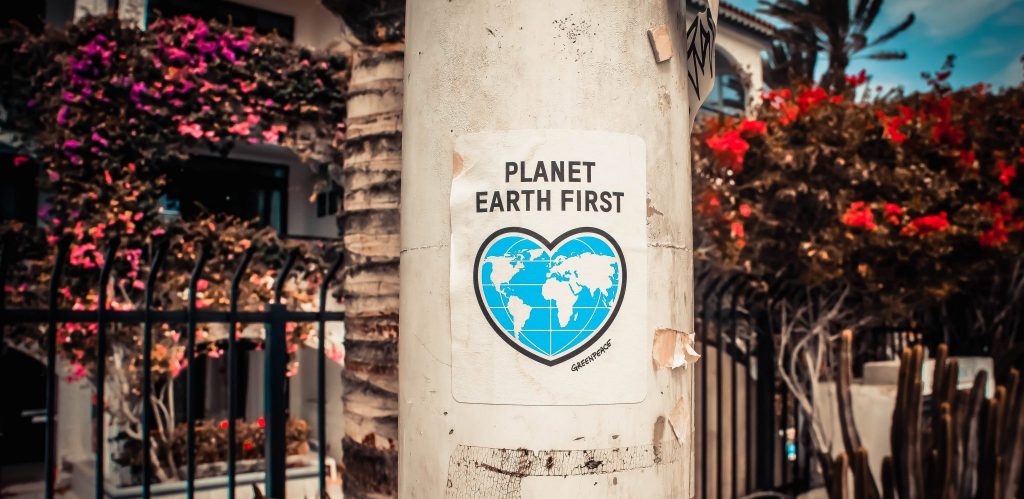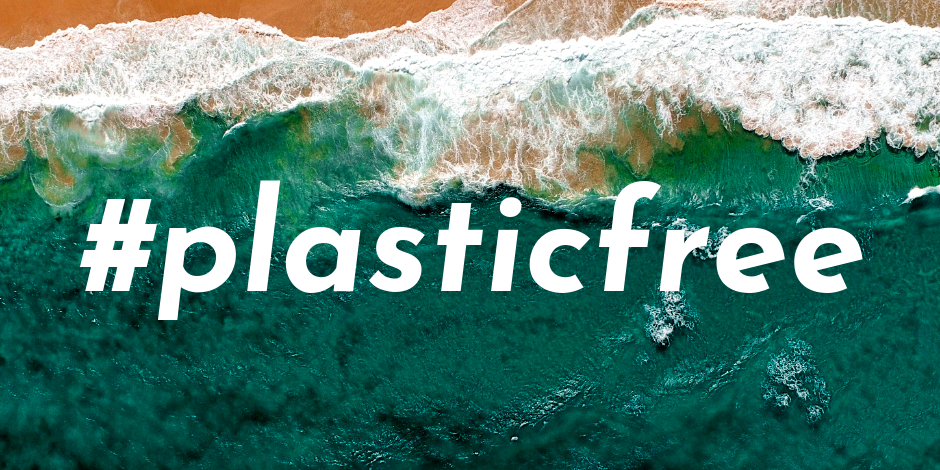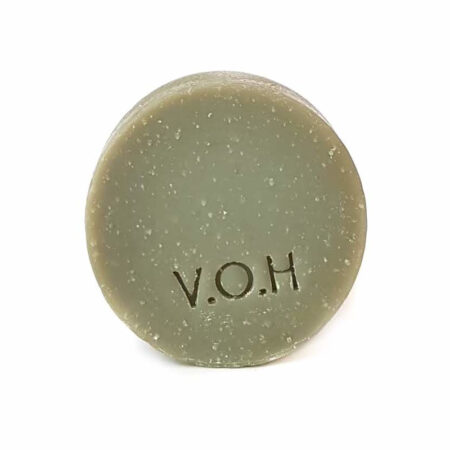Plastic (especially single-use plastics) is rapidly becoming one of the biggest global environmental issues of the modern time. What used to be an innovation of a century just a short time ago, has now become a general problem and a real threat not only to wildlife but to entire ecosystems.
The problem with plastic packaging
The production of plastic (including plastic garbage) has increased explosively during the last decades. According to the World Economical Forum the global plastic production has increased more than 20 times during the past 50 years, from 15 million tonnes in 1964 to 311 million tonnes in 2014, of which 26% is plastic packaging. If the trend continues, it is predicted that by 2050 there will be more plastic in the world’s oceans than there is fish. Not to mention the billions of tons in landfills. (1)
It’s not plastic as a material that is so problematic, but mainly the wrong usage of it. Plastic is simply not suitable for single-use purposes and packaging because it is not biodegradable. The recycling of plastic, at the same time, is complicated and problematic.
First of all, only a small percentage of produced plastic ever reaches recycling plants. Most of it ends up in a landfill, or even worse in the nature, where it stays for tens if not hundreds of years. Secondly, plastic cannot be effectively and endlessly recycled. Sooner or later it will either have to be down-cycled (a recycling process where the recycled material is of lower quality and functionality than the original material), burned or buried in a landfill and will thus still end up in the nature to disrupt the ecosystem. None of these scenarios are ecologically friendly.

The plastic beauty industry
The beauty industry, with its predominantly plastic packaging, has a huge part in the plastic problem. Go to whatever store and supermarket and you’ll find isles after isles, meters if not tens of meters of shelves filled with beauty products all packed in plastic. The alternatives are so scarce that there is often literally no other choice besides the plastic-packed.
It’s not only the big mainstream brands. Even the best so called “eco” brands in majority still use plastic as a packaging. It’s almost as if the whole industry refuses to acknowledge the problem. Plastic is not eco. It is a cheap and easy to produce, but unfortunately not very environmentally friendly. These brands know it very well. Instead of facing the problem, they go for the easier and cheaper solution and deny the problem. To justify their eco label, they say that all their plastic packages are easily recyclable. Unfortunately, recycling does not resolve the problem.
Alternatives to plastic packaging
So what are the alternatives? The most obvious alternative is simply to use packaging that is made of fully biodegradable (without negative environmental impacts) or easily and endlessly recyclable materials. It may be more expensive, and in some cases also technologically more complex to produce, but for the sake of clean and habitable environment no costs are high enough.
In some cases, for example, paper, carton and cardboard packaging can be a good alternative. In others, there have already been promising advances in production of biobased plastics made entirely of natural produce like vegetable oils, cellulose, corn starch or sugar. Each, of course, come with their own merits and problems.
The best alternative would be not to use any packaging at all and go totally zero waste. Clearly, this is not always possible, but that’s not the point. The point is that somehow we managed before the invention of plastics and there’s no reason why we couldn’t now. It just takes some effort and creativity to break out of the habit, but we all have to put in the effort.

What can you personally do to reduce plastic waste?
The responsibility of plastic pollution lies not only before the brands and producers of plastic products and packaging or governments and law makers, but before all of us as consumers. Producers only produce what is bought, as long as it is bought. If we stop consuming products containing or packed in plastics and choose more ecologically friendly alternatives instead, we can enforce the producers to innovate and change. Naive? The fact is that we are all co-creators of the world and with our own choices we define the world the way we want it to be. It’s the power of free choice.
So, next time think carefully before buying anything in plastics again. Do you really want to support more plastic waste being created? And no, it’s not only one item, it’s hundreds of billions of items by billions of people. Find the will and courage to say no and choose a more environmentally friendly alternative instead. Even if it means giving up something that you’re used to, or something that you love. The Earth and future generations will be grateful to you.
You may think, that your voice as a single consumer does not matter much when everybody else continues the same, but it’s actually not true. The worse the situation, the more the world needs your example!
(1) The New Plastics Economy. Rethinking the future of plastics. (2016) World Economic Forum. http://www3.weforum.org/docs/WEF_The_New_Plastics_Economy.pdf
Plastic free products on soapaholics.com
To find plastic free body and skin care products in our oline store, just follow the #plasticfree tag for all products listed as plastic free. Below are examples of some of our plastic free products.
-
Out of stock
-
Out of Stock
V.O.H Green Clay & Bergamot Soap 90g
- 7.98 €
- Read more
-












